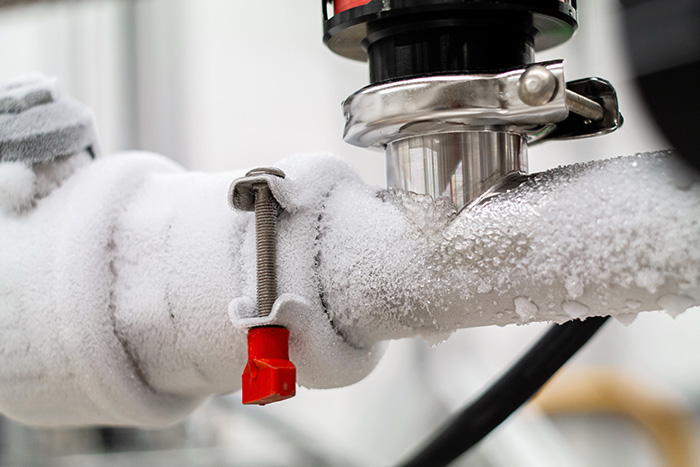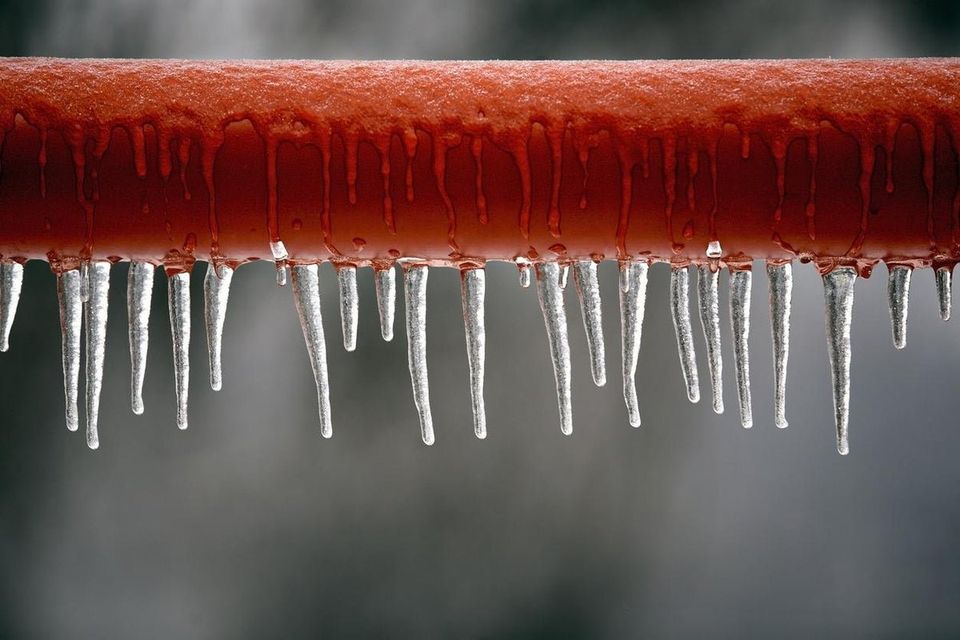Shielding Your Pipes from Cold Weather Issues: Key Approaches
Shielding Your Pipes from Cold Weather Issues: Key Approaches
Blog Article
The article directly below relating to Helpful Tips to Prevent Frozen Pipes this Winter is amazingly fascinating. Check it out for your own benefit and decide what you think about it.

Cold weather can wreak havoc on your pipes, especially by freezing pipes. Here's just how to prevent it from taking place and what to do if it does.
Introduction
As temperature levels decrease, the threat of frozen pipelines increases, potentially resulting in expensive fixings and water damage. Comprehending exactly how to stop icy pipelines is essential for property owners in cold climates.
Comprehending Frozen Pipes
What causes pipelines to ice up?
Pipes freeze when exposed to temperature levels listed below 32 ° F (0 ° C) for prolonged periods. As water inside the pipes freezes, it increases, taxing the pipe wall surfaces and possibly causing them to break.
Dangers and damages
Icy pipes can cause supply of water disruptions, property damages, and expensive repair services. Burst pipes can flood homes and trigger extensive structural damage.
Indications of Frozen Piping
Identifying frozen pipes early can prevent them from bursting.
How to identify frozen pipes
Try to find lowered water circulation from faucets, unusual odors or noises from pipelines, and visible frost on exposed pipes.
Avoidance Tips
Protecting prone pipes
Wrap pipelines in insulation sleeves or use warm tape to safeguard them from freezing temperature levels. Focus on pipes in unheated or outside areas of the home.
Heating methods
Maintain indoor spaces appropriately warmed, especially areas with plumbing. Open closet doors to allow warm air to distribute around pipes under sinks.
Securing Exterior Plumbing
Garden hoses and outdoor faucets
Separate and drain pipes garden hoses prior to wintertime. Mount frost-proof spigots or cover exterior taps with protected caps.
What to Do If Your Pipelines Freeze
Immediate activities to take
If you suspect frozen pipelines, maintain taps open to eliminate pressure as the ice melts. Utilize a hairdryer or towels soaked in hot water to thaw pipes slowly.
Long-Term Solutions
Architectural modifications
Think about rerouting pipelines away from exterior wall surfaces or unheated locations. Add additional insulation to attics, basements, and crawl spaces.
Updating insulation
Purchase top notch insulation for pipelines, attic rooms, and walls. Appropriate insulation helps preserve regular temperatures and reduces the risk of frozen pipes.
Conclusion
Stopping frozen pipes requires proactive measures and quick feedbacks. By understanding the causes, signs, and safety nets, home owners can secure their plumbing throughout winter.
5 Ways to Prevent Frozen Pipes
Drain Outdoor Faucets and Disconnect Hoses
First, close the shut-off valve that controls the flow of water in the pipe to your outdoor faucet. Then, head outside to disconnect and drain your hose and open the outdoor faucet to allow the water to completely drain out of the line. Turn off the faucet when done. Finally, head back to the shut-off valve and drain the remaining water inside the pipe into a bucket or container. Additionally, if you have a home irrigation system, you should consider hiring an expert to clear the system of water each year.
Insulate Pipes
One of the best and most cost-effective methods for preventing frozen water pipes is to wrap your pipes with insulation. This is especially important for areas in your home that aren’t exposed to heat, such as an attic. We suggest using foam sleeves, which can typically be found at your local hardware store.
Keep Heat Running at 65
Your pipes are located inside your walls, and the temperature there is much colder than the rest of the house. To prevent your pipes from freezing, The Insurance Information Institute suggests that you keep your home heated to at least 65 degrees, even when traveling. You may want to invest in smart devices that can keep an eye on the temperature in your home while you’re away.
Leave Water Dripping
Moving water — even a small trickle — can prevent ice from forming inside your pipes. When freezing temps are imminent, start a drip of water from all faucets that serve exposed pipes. Leaving a few faucets running will also help relieve pressure inside the pipes and help prevent a rupture if the water inside freezes.
Open Cupboard Doors
Warm your kitchen and bathroom pipes by opening cupboards and vanities. You should also leave your interior doors ajar to help warm air circulate evenly throughout your home.

I was guided to that write-up about How to Prevent Your Pipes From Freezing through a friend on a different website. Do you know somebody who is intrigued by the niche? Do not hesitate to promote it. Thanks so much for going through it.
Request Your Service Report this page